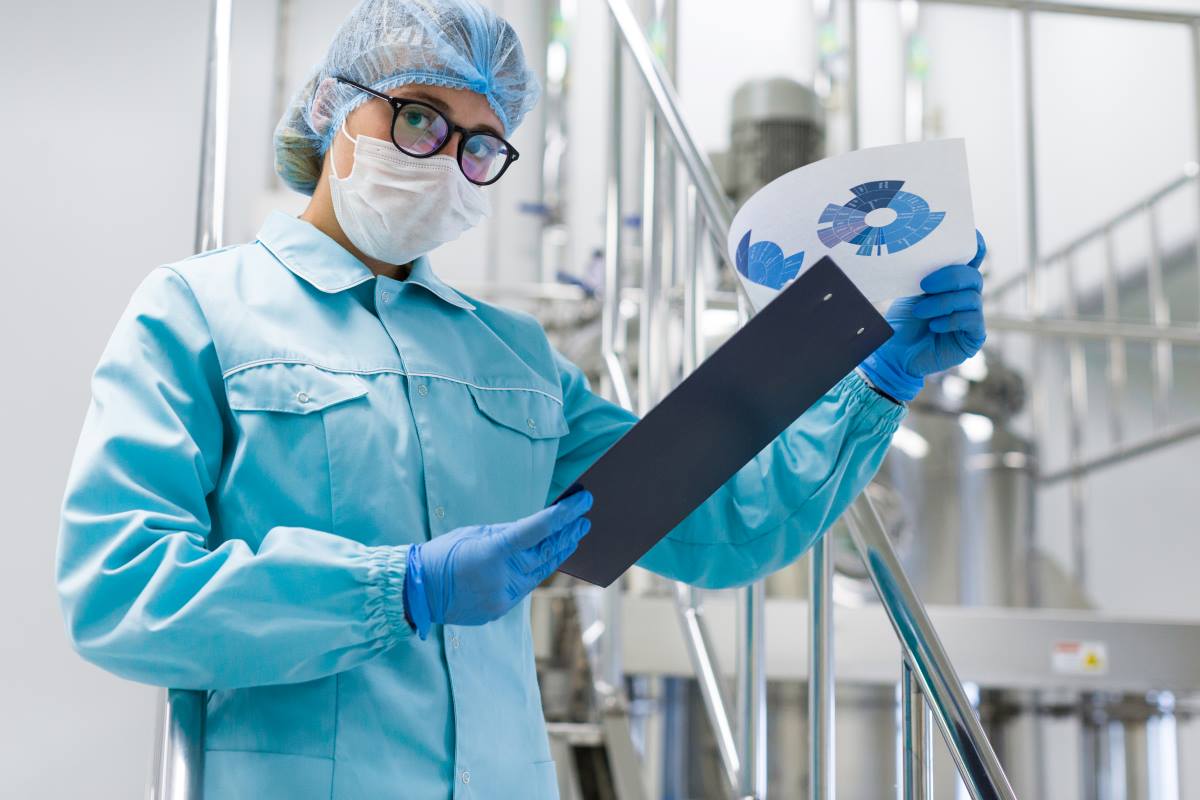Tablet manufacturing is a world of precision, science, and innovation. From creating simple pain relievers to life-saving medicines, every tablet you take has a long and fascinating journey before it reaches your hand. In India, home to one of the world’s largest pharmaceutical industries, tablet manufacturing plays a vital role in healthcare—not just locally but globally.
In this deep dive, we’ll explore the exciting world of tablet manufacturing, where science meets art, all while keeping it fun and easy to understand. Let’s break down what goes into creating that tiny, but powerful, pill.
What Exactly is Tablet Manufacturing?
At its core, tablet manufacturing is the process of producing solid, easy-to-consume medicinal tablets. These tablets are made by compressing powdered ingredients into a solid dose, but trust us, there’s a lot more science involved than just squishing some powder together!
The process involves:
- Formulation Development: This is where the magic begins. Scientists and pharmacists carefully select active ingredients (the stuff that makes you feel better) and excipients (other substances like binders and coatings that help the tablet hold together and dissolve properly). Getting the right mix is crucial. Too much of one ingredient could mess up the potency, while too little might make it ineffective. Precision is key.
- Granulation: Ever wondered how a powder gets turned into a solid? Granulation is the process that ensures the ingredients hold together. This can happen through two main methods: wet granulation, which involves adding a liquid binder, and dry granulation, which skips the liquid part. The goal here is to make sure the powder forms a uniform mixture.
- Tablet Pressing: Now, the fun part! The mixture is compressed into tablets using high-pressure machinery called tablet presses. Imagine a giant cookie-cutter for pills—except here, you’re dealing with high precision, controlling thickness, hardness, and even weight. This is where those iconic round or oval shapes come to life.
- Coating: Ever noticed how some tablets are shiny or have a smooth outer layer? That’s the coating process at work. Coatings aren’t just for aesthetics—they help protect the tablet from moisture, make it easier to swallow, and sometimes control how fast the medication is released in your body. Plus, they make the tablet taste a little less like chalk!
- Quality Control: Every batch of tablets must undergo stringent quality checks to ensure they are consistent, safe, and effective. This involves testing the tablet’s dissolution (how quickly it breaks down in your system), potency, and even how they look. No one wants a lumpy pill, right?
Why India Leads the Charge in Tablet Manufacturing
India is a global leader in tablet manufacturing, producing over 20% of the world’s generic drugs. But why? Well, it all comes down to a few key factors:
- Skilled Workforce: India has a vast pool of highly qualified scientists, pharmacists, and engineers who are experts in pharmaceutical manufacturing. The country’s educational system churns out world-class talent who know the ins and outs of tablet production.
- Cost-Effective Production: Let’s face it—making tablets can be expensive. But India has mastered the art of producing high-quality medications at a fraction of the cost. Thanks to advanced manufacturing technologies and a strong supply chain, India can offer affordable medicines without compromising quality.
- Regulatory Compliance: Indian pharmaceutical companies follow strict guidelines set by international bodies like the USFDA and WHO-GMP. This ensures that the tablets manufactured in India meet the highest safety and efficacy standards, whether they are for the domestic market or being exported to the U.S., Europe, or Africa.
The Technology Behind Tablet Manufacturing
You might think that making tablets is a pretty old-school process. But tablet manufacturing is far from boring—it’s packed with cutting-edge technology and automation.
- AI and Robotics: Many tablet manufacturing companies are integrating artificial intelligence (AI) and robotic systems into their processes. These technologies help in optimizing formulations, automating production lines, and improving the accuracy of quality checks. For example, AI can predict the best formulations for tablet stability or recommend tweaks to improve the release of active ingredients.
- 3D Printing: Yes, even 3D printing has entered the pharmaceutical world! Some companies are experimenting with printing tablets, allowing for customized doses and combinations of medications. Imagine a future where you could 3D print your own tailor-made medication at home!
- Continuous Manufacturing: Instead of producing tablets in batches, some manufacturers are shifting to continuous manufacturing systems. This means tablets can be made faster, more efficiently, and with less room for error, helping to meet growing demand without compromising on quality.
Challenges in Tablet Manufacturing
Although tablet manufacturing has come a long way, it’s not without its challenges. Some common hurdles include:
- Formulation Issues: Not all active ingredients play nice with each other. Some might degrade faster or interact in unexpected ways, making it difficult to create stable and effective tablets.
- Regulatory Hurdles: With so many countries having different rules and regulations, ensuring compliance across borders can be tricky. But staying on top of these requirements is essential to ensuring that medicines are safe and available worldwide.
- Supply Chain Disruptions: As we’ve seen during the COVID-19 pandemic, supply chain issues can cause delays in manufacturing and distribution. Managing these interruptions while keeping production costs low is an ongoing challenge for tablet manufacturers.
The Future of Tablet Manufacturing
As the demand for affordable, high-quality medication continues to rise, the tablet manufacturing industry is constantly evolving. Expect to see more innovations like personalized medicine, where tablets are tailor-made for individuals based on their genetics, lifestyle, or specific health conditions. Advances in AI, automation, and sustainability will also continue to push the industry forward, making tablet manufacturing more efficient and environmentally friendly.
Tiny Tablets, Huge Impact!
In the world of pharmaceuticals, tablets are more than just small pills—they’re life-saving innovations, meticulously crafted with the perfect balance of science and technology. India’s tablet manufacturing companies play a pivotal role in meeting the healthcare needs of billions of people, both at home and abroad.
Whether you’re taking an aspirin or a life-saving treatment, the humble tablet is a powerhouse of pharmaceutical engineering. With advancements in technology, sustainability, and precision manufacturing, the future of tablet production is brighter than ever. And behind every pill is a world of research, innovation, and dedication—ensuring that you get exactly what you need, when you need it.
So next time you pop a tablet, take a moment to appreciate the journey that tiny pill took to get to you!





